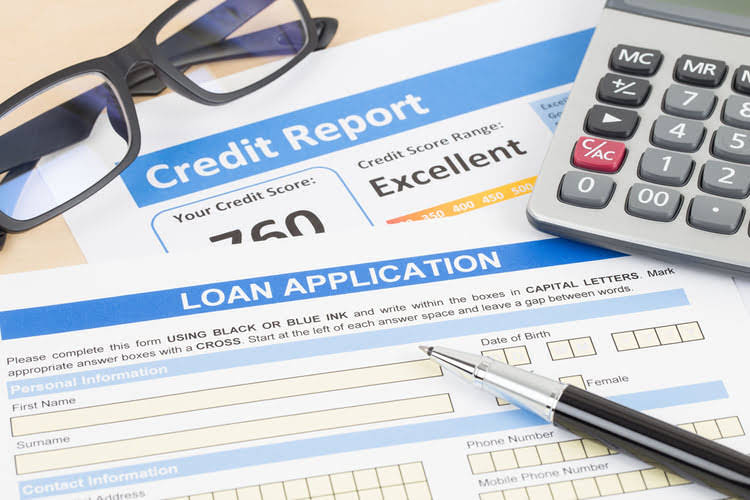Account balances vary based on the type of account and the financial institution. Common types include checking, savings, credit card, and investment account balances. A company’s balance sheet is comprised of assets, liabilities, and equity.
- This document is like a financial X-ray, giving you a clear view of a company’s value at a certain date.
- The balance sheet includes information about a company’s assets and liabilities.
- A balance sheet explains the financial position of a company at a specific point in time.
- Companies can use a trial balance to keep track of their financial position, and so they may prepare several different types of trial balance throughout the financial year.
- Or you might compare current assets to current liabilities to make sure you’re able to meet upcoming payments.
- The balance at the end of an accounting period is known as the ending balance or closing balance.
- As with assets, these should be both subtotaled and then totaled together.
Investment Account Balance
Balance sheets are useful tools for individual and institutional investors, as well as key stakeholders within an organization, as they show the general financial status of the company. Even though the company has access to only $80,000, it must pay interest on the full $100,000 loan amount. Primarily, a compensating balance helps safeguard the lender while providing the borrower with access to necessary funds. The compensating balance purpose is to ensure some level of liquidity for the lender in case the borrower defaults. We’ll answer these questions and more, so you can see how a compensating balance could impact your financial decisions.
Tips for Reading a Balance Sheet
If you are new to HBS Online, you will be required to set up an account before enrolling in the program of your choice. Do you want to learn more about what’s behind the numbers on financial statements? Explore our finance and accounting courses to find out how you can develop an intuitive knowledge of financial principles and statements to unlock critical insights into performance and potential. Creating and maintaining a budget is a key strategy for managing account balances. A budget helps you allocate funds to various expenses, ensuring that you maintain a healthy balance in your accounts and avoid overspending. Monitoring account balances can help identify unauthorized transactions, such as fraud or identity theft.
What is a balance sheet?
Some financial ratios need data and information from the balance sheet. Adding total liabilities to shareholders’ equity should give you the same sum as your assets. After you have assets and liabilities, calculating shareholders’ equity is done by taking the total value of assets and subtracting the total value of liabilities.
The result of the balancing off accounts process is that either a debit or a credit balance is brought down. The balance sheet previews the total assets, liabilities, and shareholders’ equity of a company on a specific date, referred to as the reporting date. A balance sheet is a financial statement balancing in accounting that shows the relationship between assets, liabilities, and shareholders’ equity of a company at a specific point in time. A balance sheet is like the heartbeat of a business in accounting and finance. It shows what a company owns, owes, and the owner’s stake at a particular moment.
The current ratio
From the amount, the net of the credits and debits is $440 minus $50, which gives an account balance of $390. An account balance on the credit card can be attributed to several factors, including purchases, payments, and balance transfers. To demonstrate this, consider various purchases of $200, $90, and $150, and a returned item that costs $50. Since recurring bills show the account holder the current amount owed at any time, a financial statement is provided to indicate the currently available balance in accounts such as mortgage and utility bills. Account balance typically represents the difference between total assets and total liabilities. It is also known as the total wealth or net worth since it excludes any form of debt or obligation from the total amount.
Liabilities
This account provides an individual identity to an entity, allowing them to separate their funds from others. For the bank, this account makes the customer unique and makes transacting with them straightforward. Choose an account type that fits best with your lifestyle or business plan and commit to staying updated on your balance details, transaction history, and growing investment strategies. Some liabilities are considered off the balance sheet, meaning they do not appear on the balance sheet. A balance sheet must always balance; therefore, this equation should always be true.
Credit card debt and high balances can negatively affect your credit score and result in costly interest charges. Monitoring credit card account balances and practicing responsible spending habits can help manage debt and maintain healthy credit. Overdrafts and insufficient funds are common issues related to account balances. These issues can result in fees, declined transactions, and negative impacts on your credit score. Regularly monitoring account balances and maintaining a budget can help avoid these issues. Regularly reviewing account statements is a fundamental strategy for managing account balances.
- To demonstrate this, consider various purchases of $200, $90, and $150, and a returned item that costs $50.
- Its liabilities will also increase by $8,000, balancing the two sides of the accounting equation.
- Learn about your account balance, balance types, and examples in this in-depth article.
- These are listed at the bottom of the balance sheet because the owners are paid back after all liabilities have been paid.
- You record the account name on the left side of the balance sheet and the cash value on the right.
Here are some straightforward tips to help you make sense of balance sheets. Assets are what a company owns and are split into current and non-current assets. Common assets include cash, accounts receivable, inventory, and property, plant, and equipment (PP&E) (Happay). Comparatively, account balances on credit cards show the total amount owed to the credit account at the beginning of a statement cycle. Also, any debt rolled over from previous months represents an account balance on credit.
- However, it is crucial to remember that balance sheets communicate information as of a specific date.
- This report only lists the ending account balances in all accounts for which there is a non-zero balance.
- Embrace these tools and suggest their implementation if they’re not already in use.
- Liabilities may also include an obligation to provide goods or services in the future.
- Focusing on debt repayment and savings can help maintain healthy account balances and improve your overall financial health.
Comments are closed.



